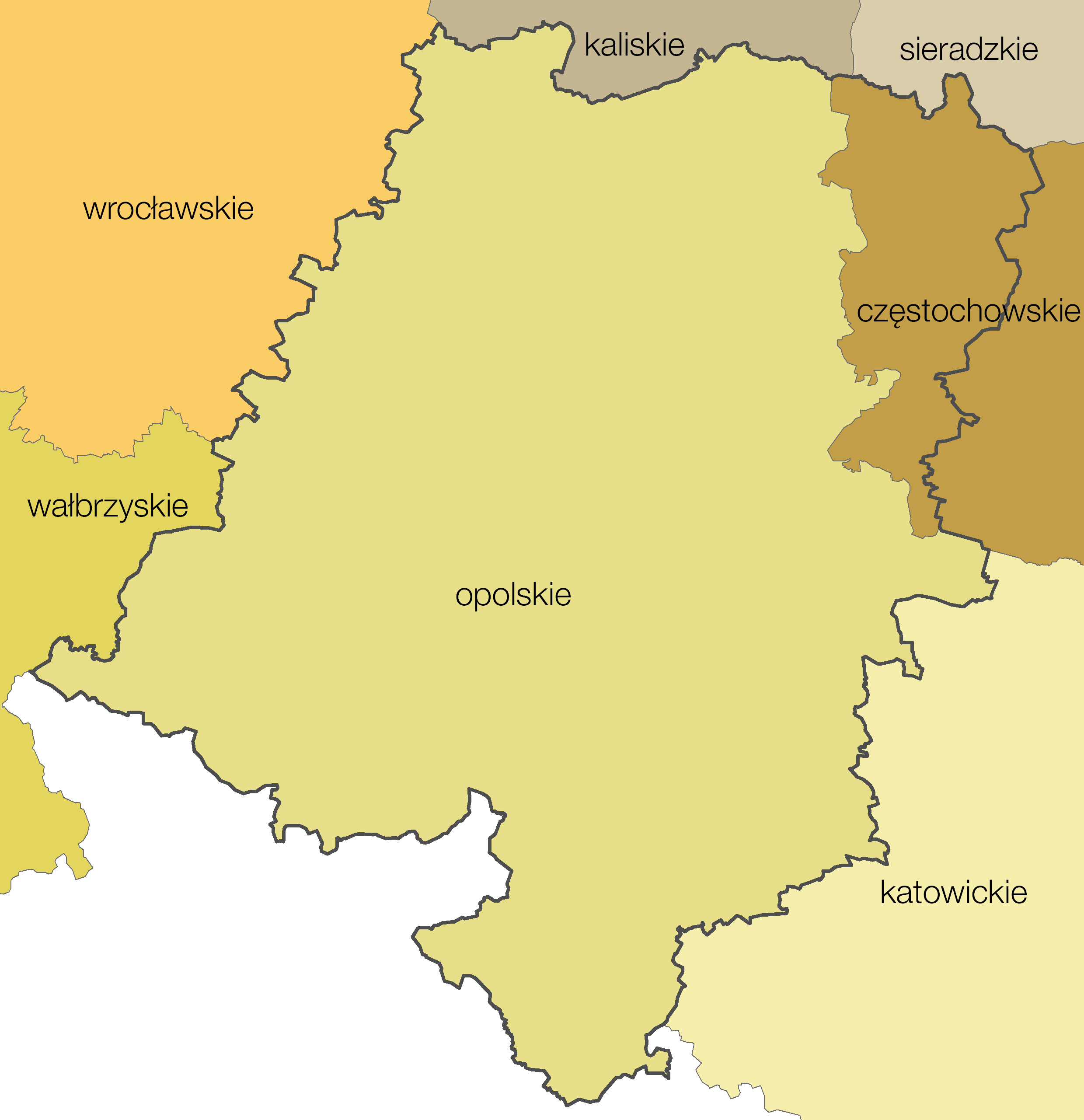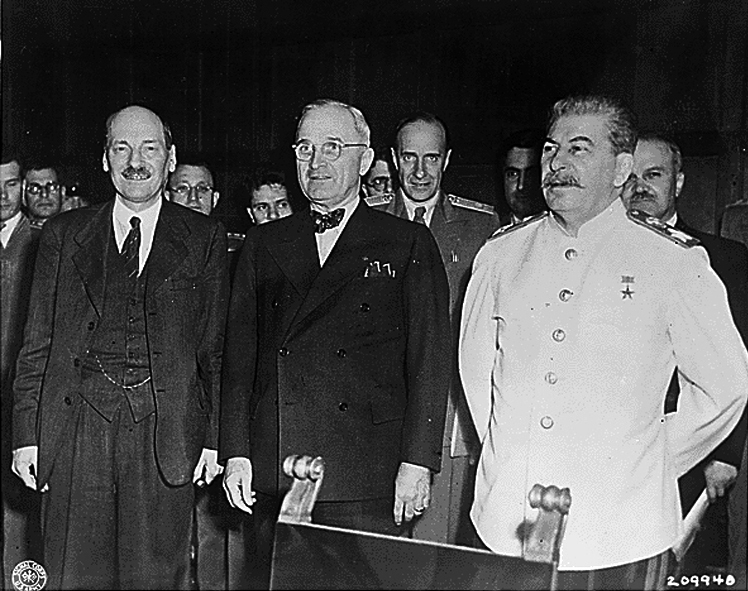|
Rzędzów
Rzędów is a village in the administrative district of Gmina Turawa, within Opole County, Opole Voivodeship, in south-western Poland. It lies approximately east of Turawa and north-east of the regional capital Opole. History The village of Friedrichsfelde was founded as a colony in the 18th century. In 1840 the colony had 224 inhabitants. It was renamed in 1945, after the region became part of Poland under the terms of the Potsdam Agreement The Potsdam Agreement () was the agreement among three of the Allies of World War II: the United Kingdom, the United States, and the Soviet Union after the war ended in Europe that was signed on 1 August 1945 and published the following day. A .... References Villages in Opole County {{OpoleCounty-geo-stub ... [...More Info...] [...Related Items...] OR: [Wikipedia] [Google] [Baidu] |
Gmina Turawa
__NOTOC__ Gmina Turawa, German Gemeinde Turawa is a rural gmina (administrative district) in Opole County, Opole Voivodeship, in south-western Poland. Its seat is the village of Turawa, which lies approximately north-east of the regional capital Opole. The gmina covers an area of , and as of 2019 its total population is 9,990. Villages The commune contains the villages and settlements of: *Turawa *Bierdzany *Borek, Opole County, Borek *Kadłub Turawski *Kotórz Mały *Kotórz Wielki *Ligota Turawska *Marszałki, Opole Voivodeship, Marszałki *Osowiec Śląski *Rzędzów *Trzęsina *Węgry, Opole Voivodeship, Węgry *Zakrzów Turawski *Zawada, Opole County, Zawada Demographics As of 31 December 2010, the commune had 9,595 inhabitants. At the time of the census of 2002, the commune had 9,609 inhabitants. Of these, 5,673 (59%) declared the Polish nationality; 2,028 persons (21.1%) declared the German nationality; and 671 (7%) with the non-recognized Silesian nationality. 1,223 inh ... [...More Info...] [...Related Items...] OR: [Wikipedia] [Google] [Baidu] |
List Of Sovereign States
The following is a list providing an overview of sovereign states around the world with information on their status and recognition of their sovereignty. The 205 listed states can be divided into three categories based on membership within the United Nations System: 193 member states of the United Nations, UN member states, two United Nations General Assembly observers#Current non-member observers, UN General Assembly non-member observer states, and ten other states. The ''sovereignty dispute'' column indicates states having undisputed sovereignty (188 states, of which there are 187 UN member states and one UN General Assembly non-member observer state), states having disputed sovereignty (15 states, of which there are six UN member states, one UN General Assembly non-member observer state, and eight de facto states), and states having a political status of the Cook Islands and Niue, special political status (two states, both in associated state, free association with New ... [...More Info...] [...Related Items...] OR: [Wikipedia] [Google] [Baidu] |
Voivodeships Of Poland
A voivodeship ( ; ; plural: ) is the highest-level Administrative divisions of Poland, administrative division of Poland, corresponding to a province in many other countries. The term has been in use since the 14th century and is commonly translated into English as "province". The administrative divisions of Poland, Polish local government reforms adopted in 1998, which went into effect on 1 January 1999, reduced the number of voivodeships to sixteen. These 16 replaced the 49 subdivisions of the Polish People's Republic, former voivodeships that had existed from 1 July 1975, and bear a greater resemblance (in territory, but not in name) to the voivodeships that existed between 1950 and 1975. Today's voivodeships are mostly named after historical and geographical regions, while those prior to 1998 generally took their names from the cities on which they were centered. The new units range in area from under (Opole Voivodeship) to over (Masovian Voivodeship), and in population ... [...More Info...] [...Related Items...] OR: [Wikipedia] [Google] [Baidu] |
Opole Voivodeship
Opole Voivodeship ( , , ), is the smallest and least populated voivodeships of Poland, voivodeship (province) of Poland. The province's name derives from that of the region's capital and largest city, Opole. It is part of Silesia. A relatively large Germans, German minority lives in the voivodeship, and the German language is co-official in 28 communes. Opole Voivodeship is bordered by Lower Silesian Voivodeship to the west, Greater Poland Voivodeship, Greater Poland and Łódź Voivodeships to the north, Silesian Voivodeship to the east, and the Czech Republic (Olomouc Region and Moravian-Silesian Region) to the south. Opole Province's geographic location, economic potential, and its population's level of education make it an attractive business partner for other Polish regions (especially Lower Silesian Voivodeship, Lower Silesian and Silesian Voivodeships) and for foreign investors. Formed in 1997, the Euroregion Praděd, Praděd/Pradziad Euroregion with its headquarter in Prud ... [...More Info...] [...Related Items...] OR: [Wikipedia] [Google] [Baidu] |
Powiat
A ''powiat'' (; ) is the second-level unit of local government and administration in Poland, equivalent to a county, district or prefecture (Local administrative unit, LAU-1 [formerly Nomenclature of Territorial Units for Statistics, NUTS-4]) in other countries. The term "''powiat''" is most often translated into English as "county" or "district" (sometimes "poviat"). In historical contexts, this may be confusing because the Polish term ''hrabstwo'' (an administrative unit administered/owned by a ''hrabia'' (count) is also literally translated as "county". A ''powiat'' is part of a larger unit, the Voivodeships of Poland, voivodeship (Polish language, Polish ''województwo'') or province. A ''powiat'' is usually subdivided into ''gminas'' (in English, often referred to as "Commune (administrative division), communes" or "municipality, municipalities"). Major towns and cities, however, function as separate counties in their own right, without subdivision into ''gmina''s. They ... [...More Info...] [...Related Items...] OR: [Wikipedia] [Google] [Baidu] |
Opole County
__NOTOC__ Opole County () is a unit of territorial administration and local government (powiat) in Opole Voivodeship, south-western Poland. It came into being on January 1, 1999, as a result of the Polish local government reforms passed in 1998. Its administrative seat is the city of Opole, although the city is not part of the county (it constitutes a separate city county). The county contains four towns: Ozimek, east of Opole, Niemodlin, west of Opole, Prószków, south-west of Opole, and Tułowice, south-west of Opole. The county covers an area of . As of 2019 its total population is 123,487, out of which the population of Ozimek is 8,657, that of Niemodlin is 6,315, that of Tułowice is 4,011, that of Prószków is 2,570, and the rural population is 101,934. Neighbouring counties Apart from the city of Opole, Opole County is also bordered by Namysłów County and Kluczbork County to the north, Olesno County to the north-east, Strzelce County to the south-east, Kr ... [...More Info...] [...Related Items...] OR: [Wikipedia] [Google] [Baidu] |
Gmina
The gmina (Polish: , plural ''gminy'' ) is the basic unit of the administrative division of Poland, similar to a municipality. , there were 2,479 gminy throughout the country, encompassing over 43,000 villages. 940 gminy include cities and towns, with 322 among them constituting an independent urban gmina () consisting solely of a standalone town or one of the 107 cities, the latter governed by a city mayor (''prezydent miasta''). The gmina has been the basic unit of territorial division in Poland since 1974, when it replaced the smaller gromada (cluster). Three or more gminy make up a higher level unit called a powiat, except for those holding the status of a city with powiat rights. Each and every powiat has the seat in a city or town, in the latter case either an urban gmina or a part of an urban-rural one. Types There are three types of gmina: #302 urban gmina () constituted either by a standalone town or one of the 107 cities, the latter governed by a city mayor (prezyd ... [...More Info...] [...Related Items...] OR: [Wikipedia] [Google] [Baidu] |
Village
A village is a human settlement or community, larger than a hamlet but smaller than a town with a population typically ranging from a few hundred to a few thousand. Although villages are often located in rural areas, the term urban village is also applied to certain urban neighborhoods. Villages are normally permanent, with fixed dwellings; however, transient villages can occur. Further, the dwellings of a village are fairly close to one another, not scattered broadly over the landscape, as a dispersed settlement. In the past, villages were a usual form of community for societies that practice subsistence agriculture and also for some non-agricultural societies. In Great Britain, a hamlet earned the right to be called a village when it built a church.-4; we might wonder whether there's a point at which it's appropriate to talk of the beginnings of French, that is, when it wa ... ''village'', from Latin ''villāticus'', ultimately from Latin ''villa'' (English ''vi ... [...More Info...] [...Related Items...] OR: [Wikipedia] [Google] [Baidu] |
Turawa
Turawa is a village in Opole County, Opole Voivodeship, in southern Poland. It is the seat of the gmina (administrative district) of Gmina Turawa. It is approximately northeast of the regional capital Opole. History Though the village's origins are not known, local legend states that the rich forests around the village were used as a hunting ground by the Dukes of Opole of the Polish Piast dynasty. According to linguist Heinrich Adamy, the name comes from the Polish word ''tur'', meaning "aurochs", who built a hunting lodge in the area. The first documents that mention Turawa are from the beginning of the 16th century, and mention two estates, both named Kuchar, belonging to the village of Kotorz Wielki. One of them was Turawa, while the second was on a site now flooded by the Turawa Reservoir. The name was probably given around 1562 by Georg von Königsfeld, the owner of the manor the settlement was located on. The settlement, along with its hamlets of Marszałki and Łyczyna ... [...More Info...] [...Related Items...] OR: [Wikipedia] [Google] [Baidu] |
Opole
Opole (; ; ; ) is a city located in southern Poland on the Oder River and the historical capital of Upper Silesia. With a population of approximately 127,387 as of the 2021 census, it is the capital of Opole Voivodeship (province) and the seat of Opole County. Its metropolitan area was home to 146,522 inhabitants. It is the largest city in its province. Its history dates to the 8th century, and Opole is one of the oldest cities in Poland. An important stronghold in Poland, it became a capital of a Duchy of Opole, duchy within medieval Poland in 1172, and in 1217 it was granted city rights by Duke Casimir I of Opole, the great-grandson of Polish Duke Bolesław III Wrymouth. During the Medieval Period and the Renaissance, the city was known as a centre of commerce; several main trade routes intersected here, which helped to generate steady profits from transit trade. The rapid development of the town was also caused by the establishment of a seat of regency in Opole in 1816. The fir ... [...More Info...] [...Related Items...] OR: [Wikipedia] [Google] [Baidu] |
Potsdam Agreement
The Potsdam Agreement () was the agreement among three of the Allies of World War II: the United Kingdom, the United States, and the Soviet Union after the war ended in Europe that was signed on 1 August 1945 and published the following day. A product of the Potsdam Conference, it concerned the military occupation and reconstruction of Germany, its border, and the entire European Theatre of War territory. It also addressed Germany's demilitarisation, reparations, the prosecution of war criminals and the mass expulsion of ethnic Germans from various parts of Europe. France was not invited to the conference but formally remained one of the powers occupying Germany. Executed as a communiqué, the agreement was not a peace treaty according to international law, although it created accomplished facts. It was superseded by the Treaty on the Final Settlement with Respect to Germany signed on 12 September 1990. As De Gaulle had not been invited to the Conference, the French resi ... [...More Info...] [...Related Items...] OR: [Wikipedia] [Google] [Baidu] |





